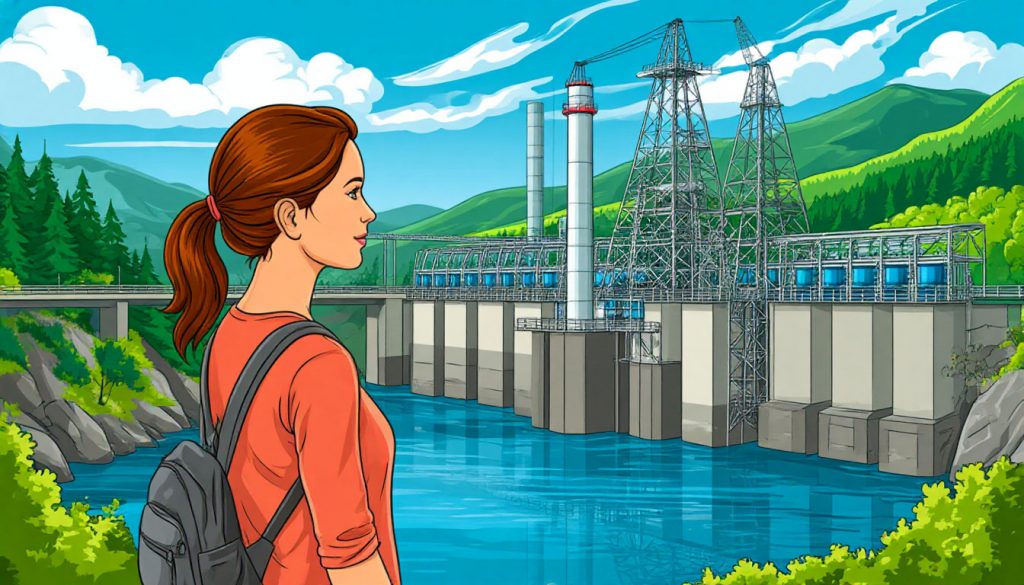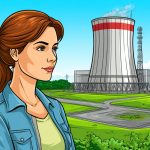Hydroelectric power plants, or hydropower stations, are facilities that generate electricity by using the force of moving water. They are one of the most widely used forms of renewable energy, providing clean, reliable power to millions of people around the world. These plants use rivers, dams, and turbines to convert water flow into electrical energy.
How Do Hydroelectric Power Plants Work?
The basic principle is simple: water flows from a higher elevation to a lower one. This movement creates kinetic energy, which is then converted into electricity using turbines and generators.
- Water is stored in a reservoir behind a dam.
- When released, the water flows through large pipes called penstocks.
- The flowing water turns turbines, which spin generators to produce electricity.
- The water is then released downstream, continuing its natural path.
The amount of electricity generated depends on the volume of water and the height from which it falls, known as hydraulic head.
Types of Hydroelectric Plants
- Storage hydropower: Uses dams to store water and release it when electricity is needed.
- Run-of-river: Uses river flow without large reservoirs—less impact on the environment.
- Pumped-storage: Water is pumped uphill during low-demand periods and released to generate electricity during peak hours.
Each type serves different energy needs and environmental contexts.
Benefits of Hydropower
- Renewable and clean: No greenhouse gas emissions during operation.
- Reliable: Provides consistent power, especially in regions with steady river flow.
- Flexible: Can quickly increase or decrease output to match demand.
- Long-lasting: Many hydro plants operate for decades with proper maintenance.
Hydropower also helps with flood control, irrigation, and water supply.
Environmental and Social Impacts
Despite its advantages, hydropower has environmental costs:
- Dams can disrupt ecosystems, block fish migration, and change river temperatures.
- Reservoirs may flood natural habitats and require community relocation.
- Sediment buildup behind dams can reduce efficiency over time.
Modern designs aim to reduce ecological damage by including fish ladders, sediment management, and improved water flow systems.
Global Importance
Countries like China, Brazil, Canada, and Norway produce a large share of their electricity from hydropower. The Three Gorges Dam in China is the world’s largest hydroelectric station. As demand for clean energy rises, hydropower continues to play a central role in the global energy transition.
Glossary
- Hydropower – electricity generated from moving water
- Turbine – a machine that spins and generates mechanical energy
- Generator – a device that converts mechanical energy into electricity
- Dam – a barrier that holds back water and creates a reservoir
- Penstock – a large pipe that directs water to the turbines
- Reservoir – an artificial lake used to store water
- Renewable energy – energy sources that naturally replenish, like water or wind


